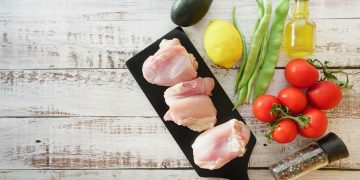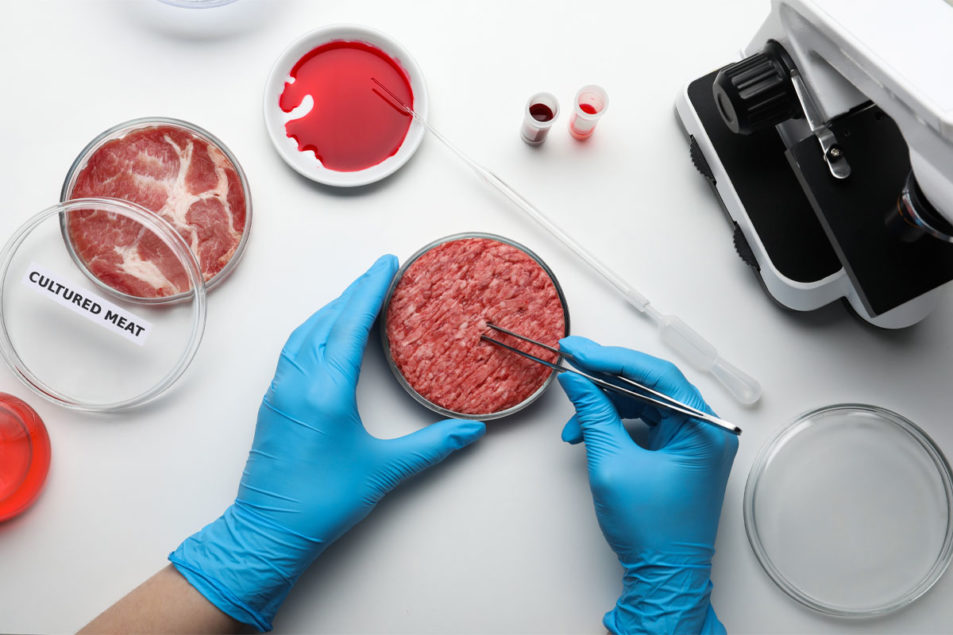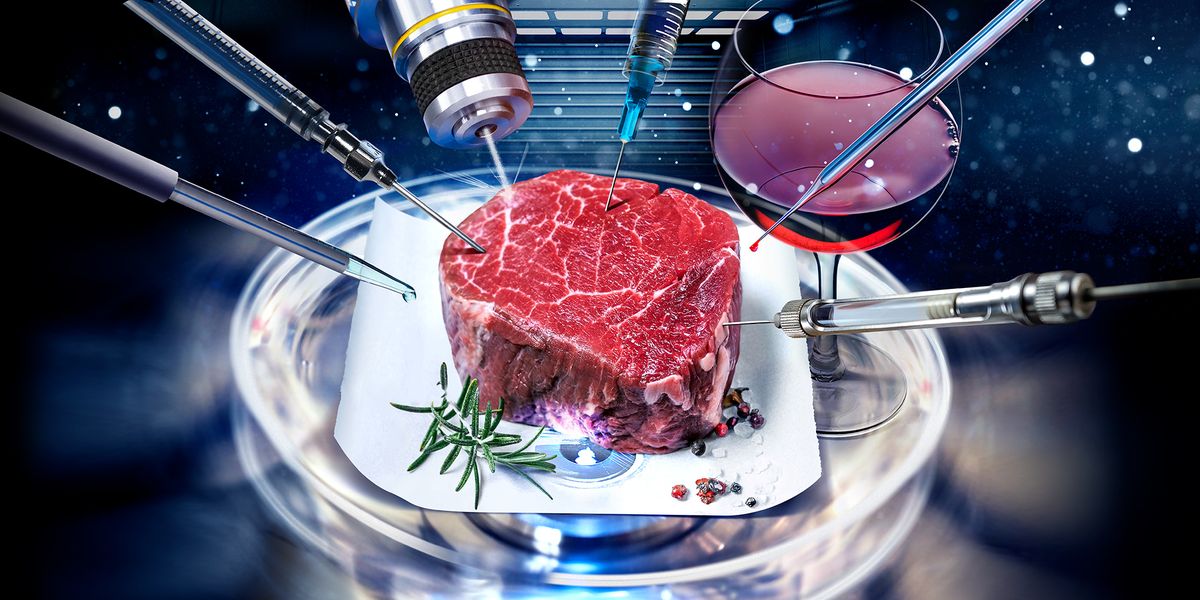We can grow no-kill meat at scale — it’s just a matter of funding.
From “no-kill” chicken grown in bioreactors to juicy plant-based burgers, alternative protein options are cropping up (in extremely limited quantities) in the grocery aisle, at restaurants, and on your plate. The big question of the last few months, however, is whether alternative proteins could realistically scale to challenge conventional meat protein dominance.
During the pandemic, alternative proteins saw a rise in consumer spending as people became more conscious of their health and the environmental impacts of traditional meat, and as meat shortages affected households. This year, though, sales dropped, and skepticism of alternative meat’s staying power grew.

However, according to a recent report by the Good Food Institute, governments around the world are investing in public partnerships to the tune of $1 billion globally, indicating that alternative proteins could be an important component of national approaches to food security.
The upshot: Governments around the world are more ready to fund alternative proteins in the wake of unstable food prices in 2022, a year that shed light on the effect of geopolitical tensions on food security. By developing an alternative protein sector, countries such as Singapore and Israel aim to be more self-sufficient while transforming their agriculture sector to be resistant in the face of wars, climate change, and export bans.
Not only could investing more in alternative meats buoy countries’ food sovereignty aspirations, it could help their economies. If governments continue to invest in cellular agriculture — the process behind no-kill, lab-grown meat, different from plant-based meat substitutes like Beyond or Impossible meat — then the report estimates that there could be $1.1 trillion in global economic activity by 2050 and 9.8 million jobs in the sector. For reference, the meat industry value globally was $897.5 billion in 2021.
Though the $1 billion benchmark bodes well for the staying power of alternative protein, and it’s certainly enough to get some projects off the ground, the GFI report estimates that much more will be needed to truly scale alternative proteins — about $10.1 billion total.

That’s because, while veggie burgers have been around for a long time, making plant-based meat that is as affordable and tasty as conventional meat is still in the early stages — which means it’s expensive. That’s even more the case for cellular agriculture, which needs a whole set of infrastructure to produce real meat at scale. Both plant-based and cultured meat need government funding to get from lab to table in meaningful quantities.
In the case of cellular agriculture, success depends most on advancements in the research and development phase, where technical hurdles, such as how to build sufficiently large bioreactor facilities, remain. Success will also depend on the commercialization phase, where regulators approve the sale of these new food products and production scales up to make cultivated meat affordable, but there are already positive signs in that direction: Regulators in the US have cleared two companies, Upside Foods and Good Meat, to sell cultivated chicken in restaurants.
Ultimately, though, in order to make cellular agriculture widely available, more than regulatory approval is needed. Governments must boldly provide funding to universities and public-private initiatives, through grants and investment. We know what global instability can do to a nation’s food security. It’s time to get a headstart on creating lower-emissions alternative proteins.

** Click here to read the full-text **















